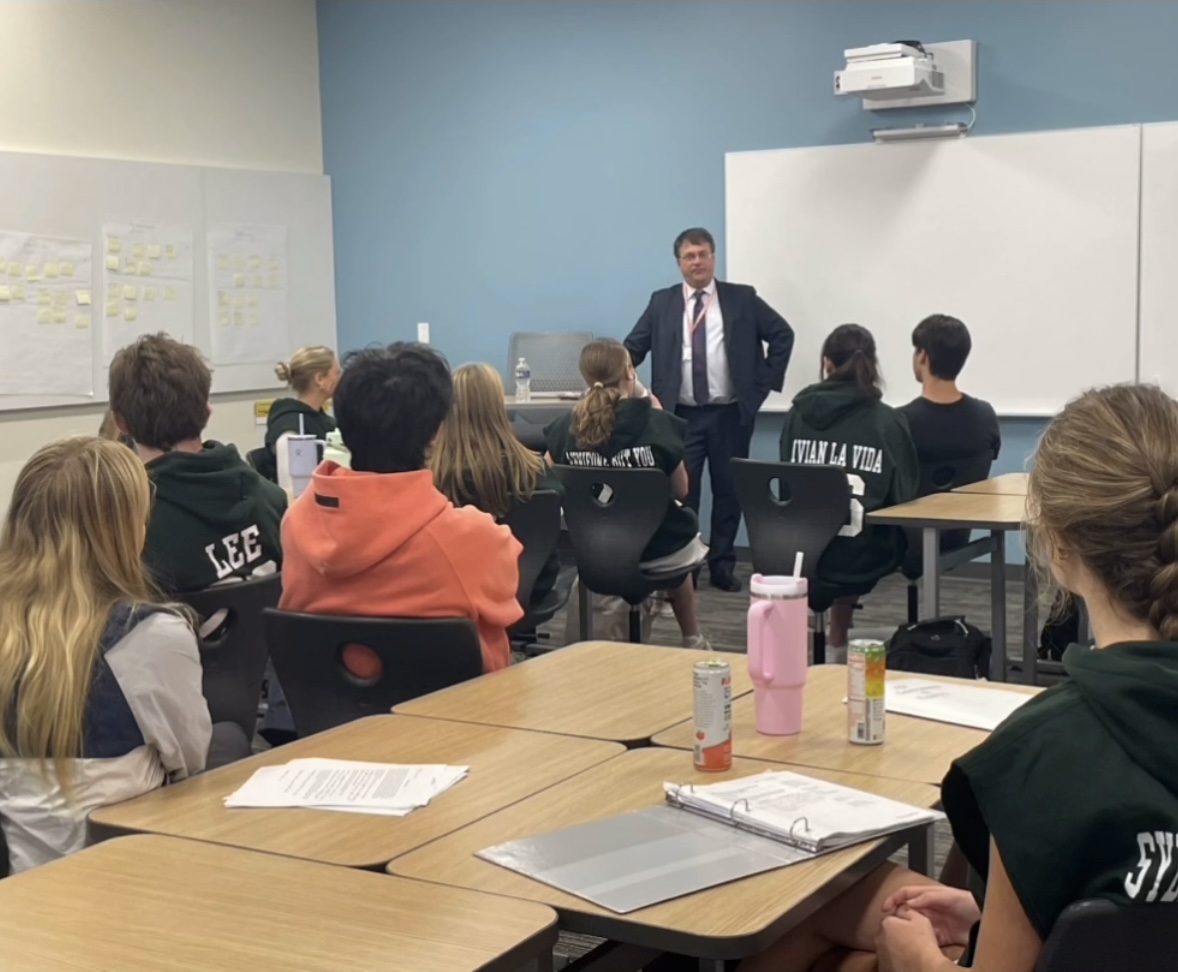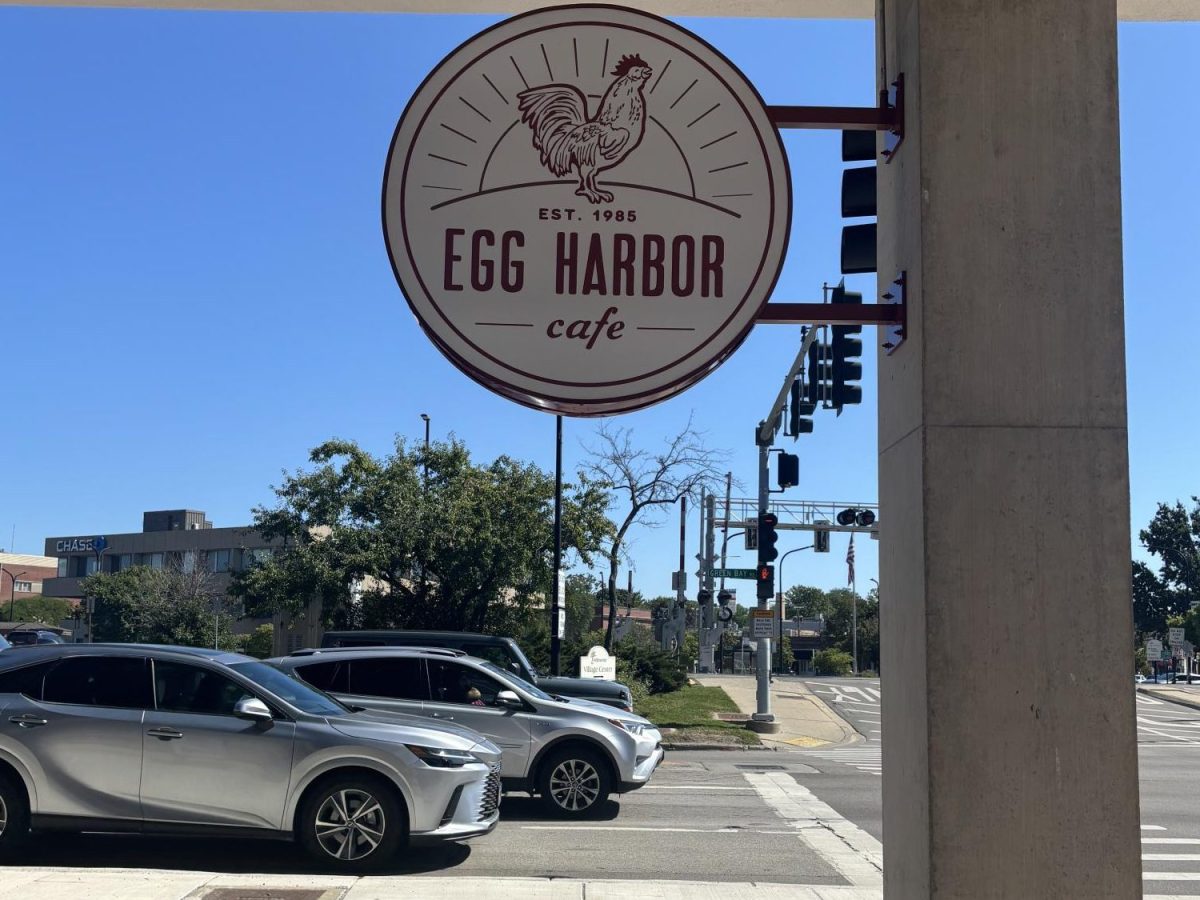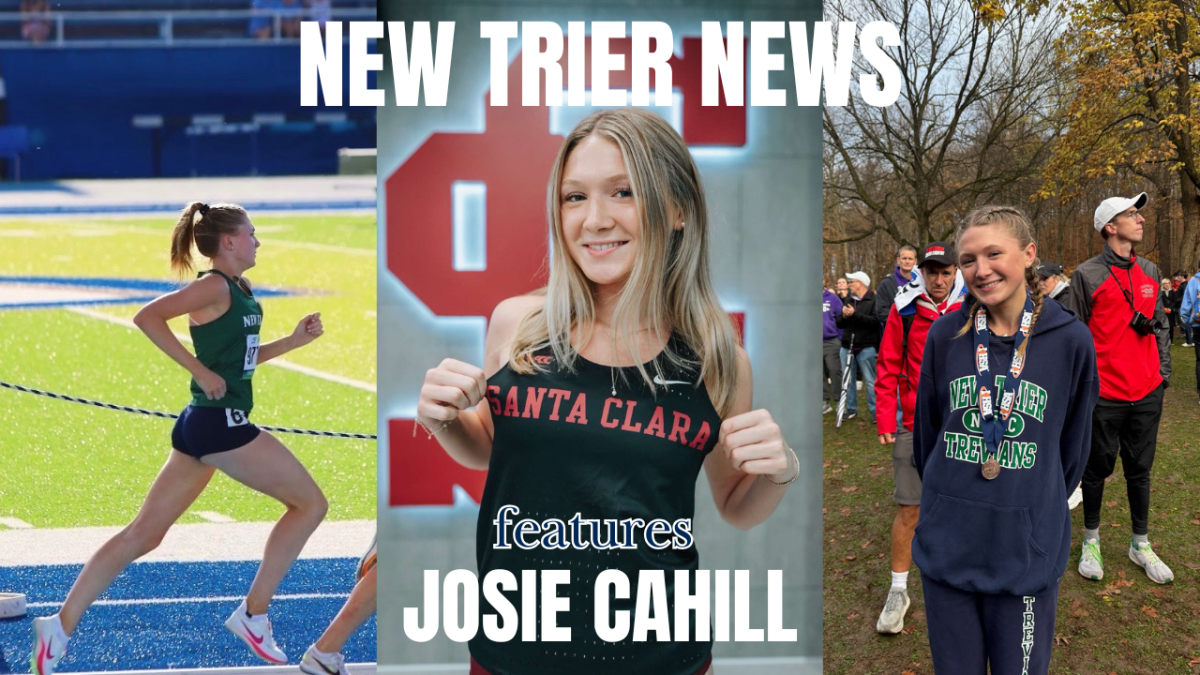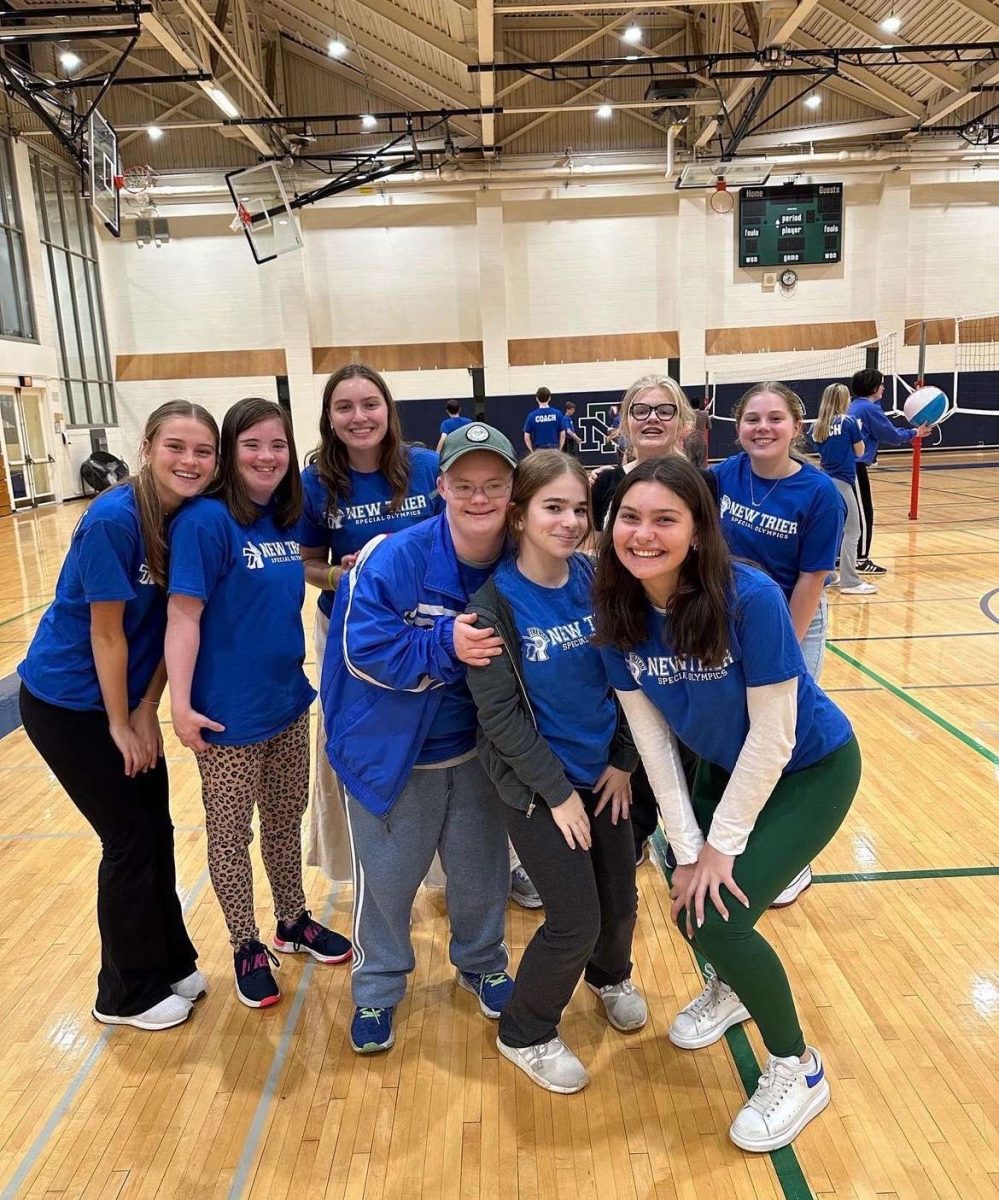Home to the Special Olympics program, Chicago hosted the first national games at Soldier Field in July 1968. The idea for Special Olympics began as a backyard summer camp for children with intellectual disabilities, created by Eunice Kennedy Shriver, sister of President John F. Kennedy and lifelong pioneer for the rights and social acceptance of people with disabilities. The camp’s goal was simple: highlight abilities instead of disabilities.
Since then, it’s grown into a national movement across all 50 states and provides year-round training for more than 5.5 million athletes, including participants of all ages, and continues to spread messages of joy and inclusivity.
In 2005, New Trier High School adopted its own Special Olympics program, which has grown to include over 40 athletes and 140 overall participants. Meeting every Wednesday after school, supporters, people who train with the athletes, show up around 5:45 p.m., and the athletes arrive at 6 p.m. The supporters then get paired up with one or two students who have intellectual challenges or disabilities. Once in groups, they rotate between stations to learn the fundamentals of many sports and the necessary aspects of teamwork and competition.
Participants learn valuable skills like collaboration and communication, which they may not get from their academic classes or other activities. They can experience the excitement and energy of learning different sports, while making new friends and having fun along the way. Keeping to Shriver’s original goal, the program aims to highlight abilities over disabilities, and show others that anybody can play sports and be part of a team.
During the fall season, Special Olympics practices are centered around training and warming up for the winter season.
“Right now, we’re in soccer and team building with parachutes and frisbees, and then in the winter and spring, it gets more serious with basketball,” senior Gracie Goldman, a supporter, says. “Then soccer, volleyball, and track and field are in the spring.”
Many students get involved with the program through friends, siblings, and partner programs such as PESO, which stands for Physical Education Special Opportunities, and is New Trier’s gym class version of the Special Olympics program.
Goldman joined freshman year, inspired by her involvement in High Five Choir at Highcrest Middle School.
“My older sister was also involved with Special Olympics, and I remember they were lacking peer mentors, so she kind of just signed me up without me knowing,” Goldman says. “Once I went, I really enjoyed the program.”
Besides working to promote the enjoyment and competition of sports for the participants, the program’s other large goal is to promote inclusivity and build community. Communication and connection are important for the athletes and the supporters, so they often ask questions of the day during practice and talk about their weekends.
“Every day after practice, we break it down so we all get together and just have a really good community moment,” junior Aiala Angueira, a supporter, says of her favorite moment each week. “We put our hands in a circle and do ‘Special Olympics 1..2..3!’, and it’s really sweet and nice.”
Like many clubs and programs at New Trier, Special Olympics allows students to connect with like-minded peers and bond over their experiences.
“I know lots of people that will hang out with other people from the club outside of school, and they will take the competitors to lunch or dinner somewhere,” Angueira says. “It’s truly a really special community.”








































